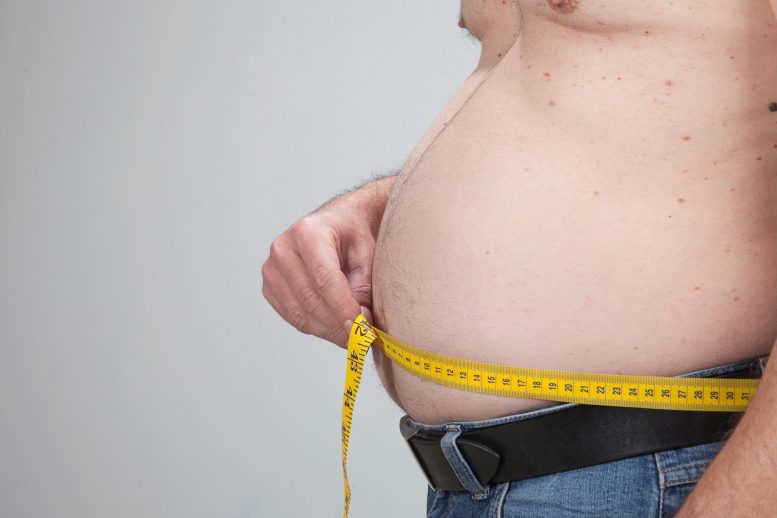
The research also sheds light on the role of epigenetics and chance in health, as well as the relationship between insulin and obesity.
Scientists identify two distinct types of obesity.
A team led by Van Andel Institute scientists discovered two distinct types of obesity with physiological and molecular differences that could have long-term consequences for health, disease, and medication response.
Compared to existing definitions, the results, which were recently published in the journal Nature Metabolism, provide a more nuanced understanding of obesity and might one day help in the development of more precise methods for diagnosing and treating obesity and related metabolic disorders.
In addition, the research offers new information on the roles of epigenetics and chance in health and sheds light on the connection between insulin and obesity.
“Nearly two billion people worldwide are considered overweight and there are more than 600 million people with obesity, yet we have no framework for stratifying individuals according to their more precise disease etiologies,” said J. Andrew Pospisilik, Ph.D., chair of Van Andel Institute’s Department of Epigenetics and corresponding author of the study. “Using a purely data-driven approach, we see for the first time that there are at least two different metabolic subtypes of obesity, each with their own physiological and molecular features that influence health. Translating these findings into a clinically usable test could help doctors provide more precise care for patients.”

Dr. J. Andrew Pospisilik, Chair of the Department of Epigenetics, Van Andel Institute. Credit: Van Andel Institute
Currently, body mass index (BMI), an index created by comparing weight to height and correlated to body fat, is used to diagnose obesity. It is a flawed measurement, according to Pospisilik, since it fails to take into account underlying biological differences and may be inaccurate in assessing a person’s health status.
Pospisilik and his colleagues discovered four metabolic subtypes that influence individual body types: two prone to leanness and two prone to obesity. They made this discovery using a combination of laboratory studies in mouse models and in-depth analysis of data from TwinsUK, a ground-breaking research resource and study cohort developed in the United Kingdom.
One obesity subtype is distinguished by a higher fat mass, while the other was distinguished by both a greater fat mass and a greater lean muscle mass. Unexpectedly, the researchers discovered that the second form of obesity was also connected to an increase in inflammation, which raises the risk of some cancers and other diseases. Both subtypes were found in a variety of research populations, including children. These findings represent a significant step toward understanding how these different types influence disease risk and treatment response.
After the subtypes were identified in the human data, the team verified the results in mouse models. This approach allowed the scientists to compare individual mice that are genetically identical, raised in the same environment, and fed the same amounts of food. The study revealed that the inflammatory subtype appears to result from epigenetic changes triggered by pure chance. They also found that there seems to be no middle ground — the genetically identical sibling mice either grew to a larger size or remained smaller, with no gradient between them. A similar pattern was seen in data from more than 150 human twin pairs, each of whom was virtually the same genetically.
“Our findings in the lab almost carbon-copied the human twin data. We again saw two distinct subtypes of obesity, one of which appeared to be epigenetically ‘triggerable,’ and was marked by higher lean mass and higher fat, high inflammatory signals, high insulin levels, and a strong epigenetic signature,” Pospisilik said.
Depending on the calculation and traits in question, only 30%–50% of human trait outcomes can be linked to genetics or environmental influences. That means as much as half of who we are is governed by something else. This phenomenon is called unexplained phenotypic variation (UPV) and it offers both a challenge and untapped potential to scientists like Pospisilik and his collaborators.
The study indicates that the roots of UPV likely lie in epigenetics, the processes that govern when and to what extent the instructions in DNA are used. Epigenetic mechanisms are the reason that individuals with the same genetic instruction manual, such as twins, may grow to have different traits, such as eye color and hair color. Epigenetics also offer tantalizing targets for precision treatment.
“This unexplained variation is difficult to study but the payoff of a deeper understanding is immense,” Pospisilik said. “Epigenetics can act like a light switch that flips genes ‘on’ or ‘off,’ which can promote health or when things go wrong, disease. Accounting for UPV doesn’t exist in precision medicine right now, but it looks like it could be half the puzzle. Today’s findings underscore the power of recognizing these subtle differences between people to guide more precise ways to treat disease.”
Pospisilik is hopeful that the team’s findings will inform the development of future precision medicine strategies and lead to a version of their method that may be used in doctors’ offices to better understand individual patients’ health and inform care.
Reference: “Independent phenotypic plasticity axes define distinct obesity sub-types” by Chih-Hsiang Yang, Luca Fagnocchi, Stefanos Apostle, Vanessa Wegert, Salvador Casaní-Galdón, Kathrin Landgraf, Ilaria Panzeri, Erez Dror, Steffen Heyne, Till Wörpel, Darrell P. Chandler, Di Lu, Tao Yang, Elizabeth Gibbons, Rita Guerreiro, Jose Bras, Martin Thomasen, Louise G. Grunnet, Allan A. Vaag, Linn Gillberg, Elin Grundberg, Ana Conesa, Antje Körner, PERMUTE and J. Andrew Pospisilik, 12 September 2022, Nature Metabolism.
DOI: 10.1038/s42255-022-00629-2
The study was funded by the Van Andel Institute, Max-Planck-Gesellschaft, the Horizon 2020 Research and Innovation Program under the Marie Skłodowska-Curie Grant, the Novo Nordisk Foundation and the European Foundation for the Study of Diabetes, the Danish Council for Independent Research, the National Human Genome Research Institute, the NIH Common Fund, through the Office of the NIH Director (OD), and the National Human Genome Research Institute.


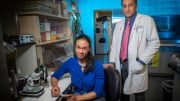

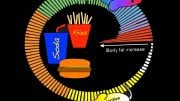

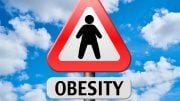

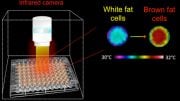
stop eating processed food, stop eating sweets containig lots of sugar, stop taking snacks. these are fundamental steps to take in fighting obesity.
3 meals a day plus snacking eventually leads to insulin resistance which leads to higher insulin levels which leads to metabolic syndrome. Only eat in an 8 hour window or less.
I think they should consider muscle weight as well as weight from fat in an individual. If the BMI is correct, then many body builder are obese due to their muscle mass. They need a way to distinguish between fat content and muscle content.
Nuances maybe. However, the cure is the same for all. There are always checks & balances..ignore reality and you will eventually pay with interest! I feel Obesity is, in most cases, an awkward reflection of one’s mentality — fix the mind, and the body will follow.
This is very interesting. I have been considered obese my entire life. No amount of strict diet and exercise regimen has been effective, and not for a lack of trying. It has been a never-ending spiral of advice, medication, and strict routine with no real end result in site.
If this research leads to people like me finally getting a chance to get off of the proverbial hamster wheel and finally having a chance, I’ll do my damnedest to live long enough to see it happen.
Wow, it’s almost like all but one of people commenting didn’t read this article, or any other for that matter. But I guess that’s what the internet was designed for, to give uninformed people a bullhorn for their garbage opinions.
Latonya, see it through! Get on a resistance exercise program and just take a little step on eating better, not a huge leap, and you’ll build momentum for change. Start with goals you can achieve and ones that are meaningful, not the number on the scale. Build a body that will last you a lifetime.
All those comments are a good starting point but there are other factors to consider. Diseases, certain medications, hormone imbalances, post menopause and probably other things we don’t knows about yet that cause problems of obesity and inflammation. And yes, BMI is not a good measurement because it does not consider muscle mass.
Y’all didn’t read the article did you? They found that given the same exact diet and conditions some of the mice were obese and that at least 50% of what influences whether a body is obese or not is unknown.
Apparently all these people posting their nutrition advice ( which seems to be derived from popular fads, trends and biases) know more than the scientists.
Everyone on their high horse talking about self control not realizing that the article is saying that some don’t even have to try to be thin and some who try are still obese
I have bifurcated the Neo zone to include radioactive material that we are exposed to. This will be the revolution of heaping sarcasm you want, believe me, Right?, I just need all personal information to give my new invention AI a try. $64.94 per idea that makes your way a special and scared place as mind, verbal, body non-verbal inclusion is free.
Unicorns ,
David s Wainscott
DSW
PCOS is never mentioned when it come to women and obesity. Why is that? Are there any new tx for PCOS? Seems contraceptives are still the only option but not everyone can take those.
Dirty Genes us highly enlightening on this subject. Folks need more awareness on how critical a healthy gut is. So much more than critical digestion. Also 70% of your immune system, and your neurotransmitters. Break your gut, you lose all 3… gut biomes are destroyed from antibiotitics, poor diets driving histamine and insulin resistance… to takes a couple decades. Pharma tries to hold that balloon under water…til it spluges, bodies blow up from all that chronic low grade inflammation which over time, slow cooks organs and vascular system. Thyroid is usually first to go… heart and brain…